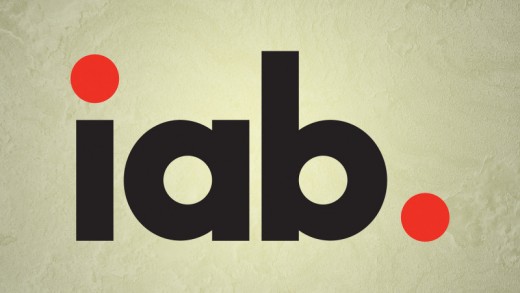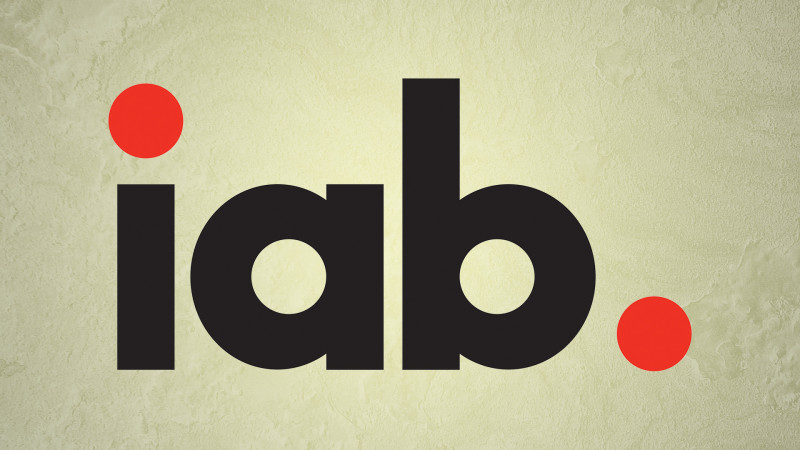At IAB’s advert Ops conference, ad blockading & Header Bidding Rule
Viewability and HTML5 take a again seat to the specter of net customers negating show advertisements and the option of publishers going round Google.

Of all the sizzling themes broached at the Interactive advertising Bureau’s ad Operations Summit on Monday, one solid an extended shadow than the others.
advert blockading was once the first subject addressed in an open dialogue among the many a few hundred members, and it saved reappearing during the day. the reason being glaring: it’s gaining new consideration in view that Apple’s toughen for ad blockers in iOS 9, and there are indications it is gaining traction.
by a show of arms, best some of the publishers in the convention corridor indicated they have been “materially affected” by means of advert blockers. nonetheless, an August 2015 document by means of anti-ad blocking off firm PageFair discovered that 16 p.c of on-line american citizens have put in advert-blockiing software. Tech web sites document 25 to 30 % of their guests use blockers, gaming web sites as a lot as 50 percent, and other forms of sites ten to twenty p.c.
according to the threat of ad blockers, quite a lot of audio system and target audience participants beneficial that web sites — apps are mostly spared from advert blockers for the time being — and advertisers need to clean up their act with extra attractive and fewer advertisements. One speaker described ad blockers as “the world’s largest petition ever seen,” in protest over the web ad barrage.
the idea is that, if simplest the ads were better or extra helpful, web site visitors wouldn’t hire ad blockers. but it surely’s laborious to imagine a stage of creativity or usefulness with the intention to sufficiently appeal to most users’ tastes. and can users frequently manage their advert blockers to allow the “good websites” in and thwart the zillions of others?
One continuously-mentioned technological answer — assuming publishers stay wed to influence-primarily based show commercials — is server side ad stitching or advert insertion. It’s the place an ad is positioned into a writer’s content material flow within the content management device (CMS), and hence the ad blocker can not simply distinguish it with the aid of its ad server traits.
but, as Ziff Davis CTO Joe Fortuna mentioned that, if advert blockers achieve driving away ads which can be separated from content material, more ads will transform buried, presumably unidentified, in content. Inevitably, he steered, it is going to change into tougher to inform ads from editorial content material.
David Moore, president of WPP Digital and board chairman of the IAB Tech Lab, proposed what he described as “the most simple recommendation — don’t let them in.” undoubtedly, banning visitors from a site if they have an ad blocker would up the share of viewers who see commercials — but it may well additionally decrease general traffic, especially if the blocked visitors go in other places.
Header Bidding
The second hottest subject used to be header bidding, initiated with the aid of a vigorous exchange between professional-header AppNexus senior vice chairman for writer strategy Tom Shields and a more reluctant Google director of product management Jonathan Bellack.
In header bidding, some code in a web page header makes the advert area inventory available to a couple of advert exchanges or networks without delay, competing in actual time in opposition to the publishers’ own direct bought ads. Header bidding can improve publishers’ advert rates, and it allows publishers to do an finish-run round Google’s ad ecosystem.
among other advocates, Hearst senior vp Michael Smith instructed the conference that his firm makes “a lot of money from header bidding.”
Bellack pushed for independent assessment of possible latency considerations with header bidding, given that extra delays in loading a web page simply incentivizes web customers to get advert blockers.
And, he announced, Google is now conducting a beta test inside DoubleClick for Publishers for a “first appear” course of, a good way to take bids from excessive-worth buyers sooner than publishers use their direct gross sales. In other words, despite the fact that it used to be best a passing commentary without many small print, it appears that Google is making an effort to counter the attraction of header bidding.
different convention scorching topics included:
- IAB’s vast 4.zero spec is now available for comments, and the organization introduced that its ad tech certification program had obtained ANSI approval.
- The replacement of Flash through HTML5. ingenious keep R/GA’s technical director of digital promoting Rawle Curtis noted that HTML5 ads take longer to create and check, whereas Adobe’s vp for video monetization Jeremy Helfand reaffirmed that his firm, which created Flash, is “closely invested in HTML5.”
- Bellack mentioned that Google’s AMP challenge to speed up cellular web page loadtimes has resulted in “blazingly fast” cellular web page loads. He mentioned there’s now a concerted effort by way of the AMP alliance to determine get ads “that may run as fast.”
- The ever-sizzling topic of viewability was mentioned on a number of occasions, but there didn’t appear to be any consensus or perhaps a actual urgency. Some speakers, like Viacom government vice president for target audience science James Zilberbrand, prompt that different key performance warning signs (KPIs) may well be used in addition to viewability, like engagement metrics. there have been additionally requires some unified practices, but viewability felt like ultimate year’s difficulty.
- The IAB Tech Lab stated it has 4 tools in building: a MRAID ads SDK Tester, an Open RTB Bidder Validation, HTML5 advert Validation, and a preliminary model of an ad Block Detector.
(Some images used beneath license from Shutterstock.com.)
advertising Land – web advertising information, methods & tips
(29)














